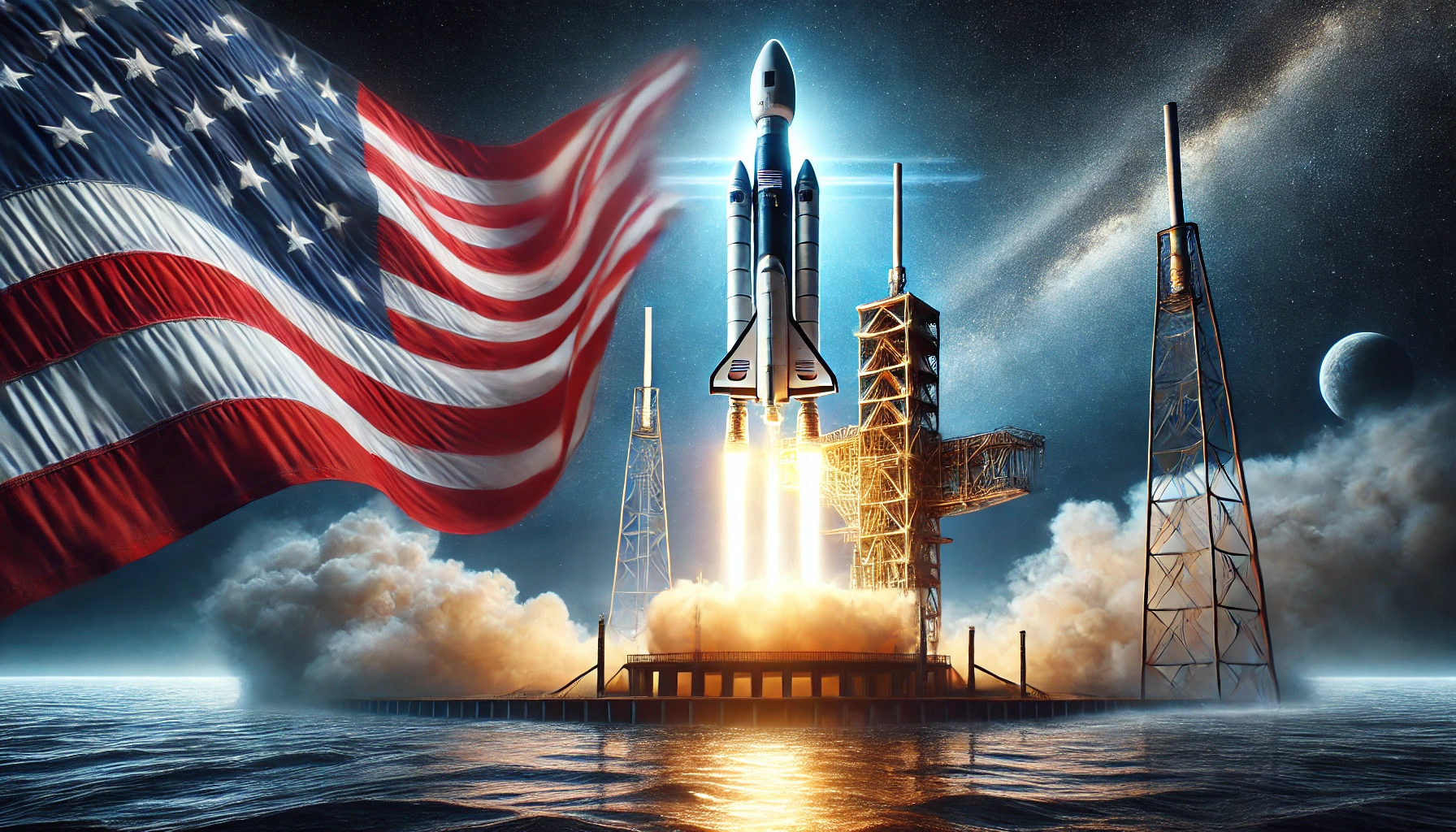The U.S. space program has undergone a revolutionary transformation with the advent of reusable rocket technology. Traditionally, space missions relied on expensive, single-use rockets, making space exploration a costly endeavor.
However, companies like SpaceX have pioneered reusable rocket systems, significantly reducing launch costs and boosting the efficiency of space missions. This innovation is not only reshaping NASA operations but also strengthening the United States’ position as a global leader in space exploration.
The Cost of Traditional Rockets
Before the development of reusable rockets, space missions required new rocket components for each launch. This model was financially unsustainable for large-scale space operations. Some key cost factors included:
- Expensive Manufacturing: Building new rockets for each mission required millions of dollars in raw materials, engineering, and labor.
- Limited Launch Frequency: The need for new rockets slowed down the frequency of launches, impacting scientific progress and satellite deployments.
- High Disposal Costs: Traditional rockets were discarded after use, leading to significant financial and environmental costs.
For example, the Saturn V rocket, used in the Apollo missions, cost over $1.5 billion per launch (adjusted for inflation), making deep-space exploration financially unsustainable for future missions.
The Rise of Reusable Rockets
SpaceX Falcon 9
The introduction of Falcon 9, developed by SpaceX, marked a turning point in spaceflight economics. This partially reusable rocket can land and be reused multiple times, significantly reducing costs. Key achievements include:
- First Successful Landing (2015): Falcon 9 became the first rocket to land vertically after launching a payload into orbit.
- Regular Reusability (2017-Present): SpaceX has reused Falcon 9 boosters multiple times, with some boosters flying up to 18 missions.
- Cost Reduction: The cost of a Falcon 9 launch dropped from approximately $69.75 million (2024) to as low as $15 million with reusability.
SpaceX Starship
SpaceX is also developing Starship, the world’s first fully reusable rocket system. Once operational, it is expected to reduce the cost of space travel dramatically, bringing it down to $10 million per launch or lower. This will make deep-space missions to the Moon and Mars far more feasible and cost-effective.
Financial Impact on the U.S. Space Program
NASA Savings Through Reusability
NASA, historically dependent on expendable rockets, has significantly benefited from reusable launch technology. Some major cost savings include:
- Commercial Crew Program: NASA partnered with SpaceX for astronaut transportation to the International Space Station (ISS). This move saved over $2 billion compared to traditional methods.
- Satellite Deployment: The U.S. government and private companies now launch satellites at a fraction of the previous cost, thanks to Falcon 9 reusable system.
- Artemis Program: Reusability is playing a role in reducing the cost of NASA ambitious lunar exploration program.
Pentagon and National Security Benefits
The U.S. military and defense agencies have also leveraged reusable rocket technology for national security purposes. SpaceX’s Falcon Heavy and upcoming Starship are providing cost-effective solutions for military satellite launches and space-based defense initiatives. The savings allow the Pentagon to reallocate funds to other critical defense projects.
Competitive Advantage Over Other Space Agencies
SpaceX vs. Traditional Space Agencies
The adoption of reusable rockets has given the U.S. a competitive edge over other nations:
- Russia (Roscosmos): Still largely dependent on expendable rockets, making launches more expensive and infrequent.
- China (CNSA): Developing reusability technology but still years behind SpaceX’s advancements.
- Europe (ESA): Investing in partially reusable launch vehicles but not at the scale of SpaceX.
By staying ahead in reusability, the U.S. maintains technological superiority in both commercial and governmental space operations.
The Future of Reusability and Cost Efficiency
The success of reusable rockets is only the beginning. Future advancements in automated refurbishment, improved fuel efficiency, and next-gen heat shields will drive launch costs even lower. With Starship poised to replace Falcon 9, the cost per kilogram of cargo to orbit could drop below $10, making space more accessible than ever.
Reusable rockets have benefited the U.S. significantly.
Reusable rockets have fundamentally changed the economics of spaceflight, saving the U.S. space program billions of dollars while enhancing efficiency and innovation. SpaceX’s advancements have positioned the U.S. as a leader in the global space race, reducing the financial barriers to ambitious missions like lunar colonization, Mars exploration, and space tourism. As technology evolves, the era of affordable and frequent space travel is closer than ever, paving the way for a future where space is no longer out of reach.
